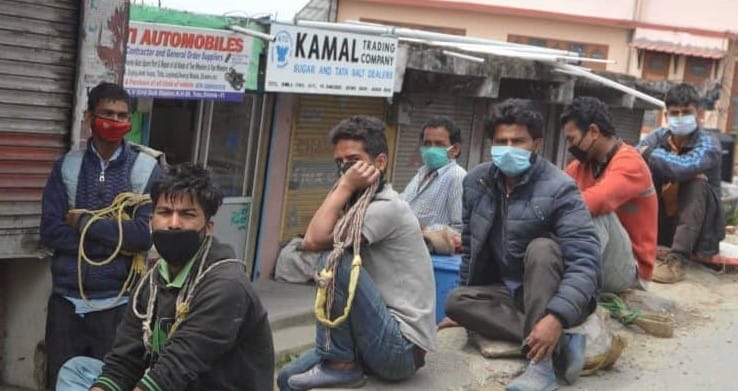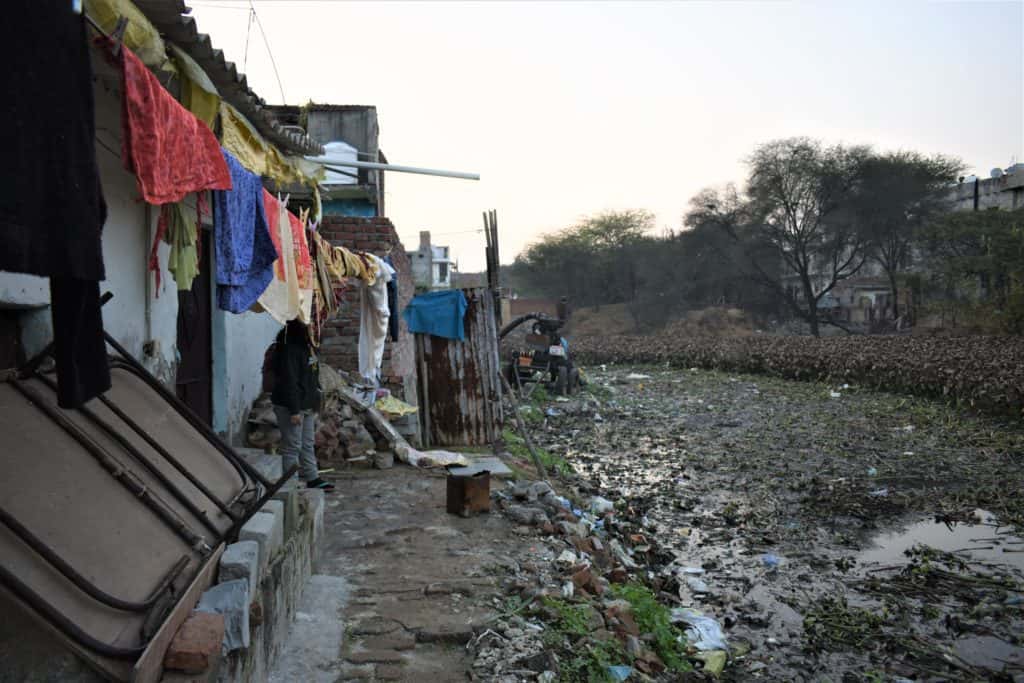I wonder what it would be like if protestors stormed Rashtrapati Bhavan in Delhi, like the protestors who stormed the presidential office in Colombo. It is an unlikely scenario, no doubt. But maybe there are lessons there which governments in India need to learn quickly.
Especially prudent management of the economy. Which basically means ensuring easy and affordable access to essential commodities and services, creation of new jobs across the socio-economic spectrum and across skill levels, and constantly renewing hope in people that “ache din aayenge”.
To quote from Jawaharlal Nehru’s historic August 15, 1947 ‘Tryst with destiny’ speech in Parliament, “…We made a pledge to wipe every tear from every eye. The time has now come for us to redeem that pledge…”
It has been 75 years since, and there is a grand, year-long, “Azadi ka Amrit Mahotsav” celebration planned. But walk down any street in any city in India, and tears far outnumber the smiles. Unemployed workers, homeless and hungry families, women facing the brunt of their families’ economic and social distress.
Read more: Budget 2022 offers no urban job scheme, but promises 60 lakh new jobs
And worst, children roaming the streets, their eyes without any spark of hope.
There is no end to this litany of woes that confront the majority of our population. Which according to a recent media report, could surpass that of China. With the so called demographic dividend, much touted just a few years back, maybe heading towards reversing itself.
The question is, if these two events actually come to pass, then what happens? Imagination fails.

In denial
But union finance minister Nirmal Seetharaman sees no problem. Especially in the scary reality that just about every public sector bank has non-performing assets, meaning loans that will never be repaid, running to god knows how many thousands of crores. To give just one example, the country’s largest bank, the State Bank of India, has written off bad loans of over Rs 1.45 lakh crore during 2014-2022.
The minister, or any of her colleagues, also never mention the tragic reality that past and present governments have all failed to prevent — the annual flooding of Indian cities during monsoon and the resultant human and economic cost. The measures to prevent such flooding are well known. They only require the political will to ensure that the relevant rules and guidelines on this are implemented by all. But the finance minister will no doubt say that is outside her purview.
Read more: Where’s the roadmap to prevent the next Hyderabad-like flood?
The emphasis seems to be on form, not substance. Bullet trains, six- and eight-lane highways which develop cracks with the first heavy rains, railway stations and airports that look wildly futuristic in publicity images. Delhi’s central vista makeover even as the resettlement colonies in its outskirts lack basic amenities. And now, as host to next year’s G-20 summit, a slew of infrastructure investments in a particular stretch of the national capital that the visiting foreign delegates will most likely pass through.
The fate of the thousands of poor labourers who build these and return to their hovels in cities and villages being of little consequence.

The issues that really matter…but who is looking at them?
One big issue at present is climate change, and the impact it is having in different parts of the country. What India is doing towards mitigating its effects is only mentioned in international conferences.
But no neta ever mentions it in any public speech in India. Nor the effects we are seeing all around us in terms of unusual climate events and the devastation it is causing. Nor do the netas talk about how and why all warnings by experts are being blithely ignored. And what the economic and social cost of such neglect will be.
Read more: What’s causing climate risks in our smaller cities and towns?
Instead, religion has become every neta’s favourite topic. Like the February declaration by Madhya Pradesh Chief Minister Shivraj Singh Chauhan that the town of Kundalpur will now be a ”holy area” where sale of meat and liquor will be banned.
I wonder if any union or chief minister ever wakes up wondering why the morning newspapers are full of stories about landslides and other unusual weather-related mishaps and their cost in terms of lives and rupees. Much of it due to activities that the Centre and states encourages, like sanctioning projects without thought to environmental costs. While tweaking, to their convenience, environmental rules and laws.
We’d rather bask in past glory
It is not fashionable in India at present to study the recent past, like what have been the lessons not learnt in these 75 years of independence. What is fashionable, however, is to talk about a so-called golden Vedic age. When everything was hunky dory. When vimanas flew. Ayurveda kept everyone healthy. Not to forget Vedic mathematics that is claimed to have known all the theorems and equations that have followed.
The ancient scriptures, the new fashionistas say, hold the knowledge that can provide solutions to all of India’s current problems. Perhaps like denying eggs to school children in their mid-day meals. Or the MP government’s financial outlay to procure cow urine. No doubt a by-product of recent utterances from the powers that be, of finding Indian solutions to Indian problems.
A very candid article.Senior honourable ministers are in a state of denial about serious economic problems facing the common man. At the same time, why are the citizens keeping quiet OR is the media not covering their unrest/protests? Environmental issues are the last priority. Budgetary provision for cow urine is more important. Hats off to CM for publishing this article.